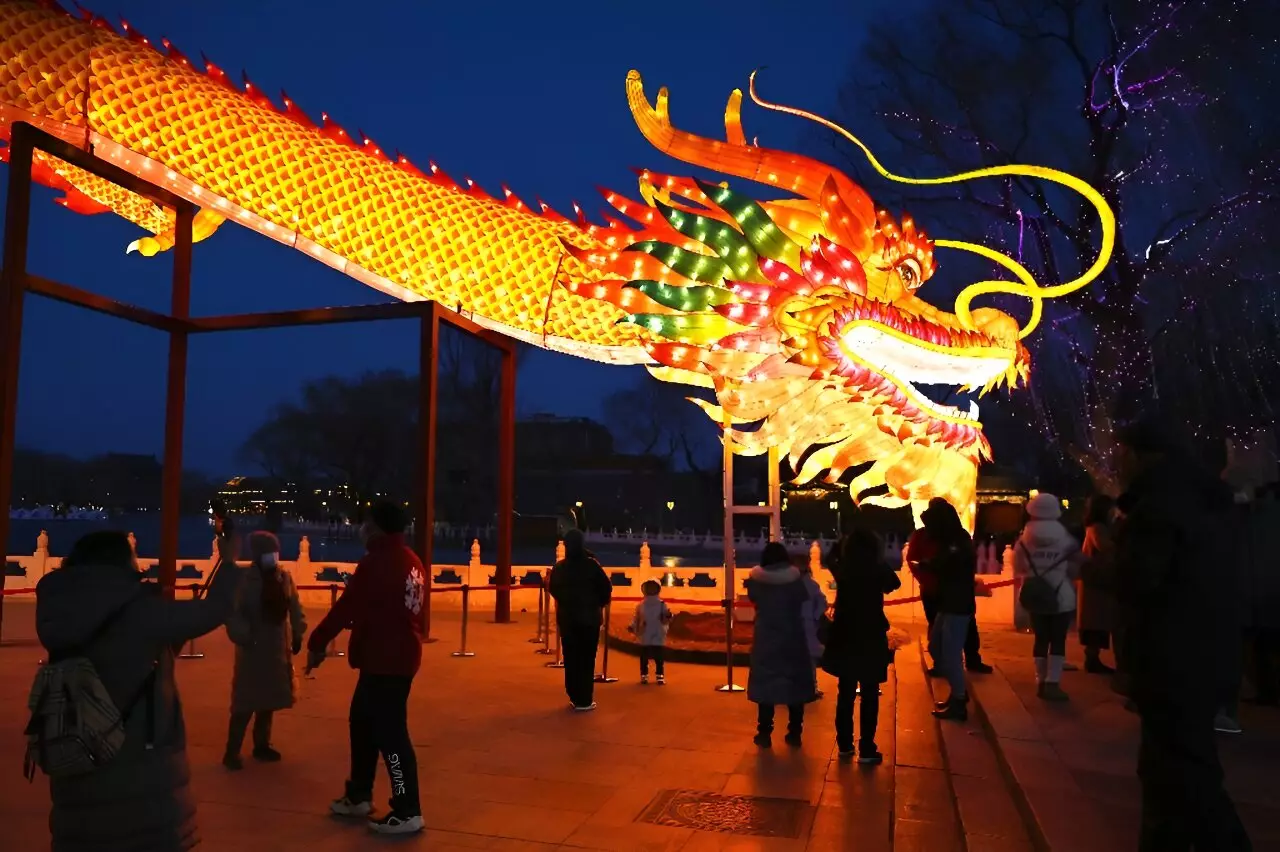China’s recent new year holiday spending has surpassed pre-pandemic levels, as indicated by official figures released. This surge in domestic spending on entertainment, dining, and travel during the “Golden Week” offers a glimmer of hope for an economy that has been grappling with sluggish consumption and deflation. According to a statement from Beijing’s Ministry of Culture and Tourism, Chinese travelers made an astounding 474 million trips across the country during the eight-day break, marking a 19% increase from 2019, which has been recognized as the world’s largest annual migration. Additionally, domestic spending on tourism reached 632.7 billion yuan ($87.9 billion), up 7.7% from the figures reported in 2019.
The Chief China Economist at Nomura, Ting Lu, noted that the latest holiday data demonstrates a release of substantial pent-up demand. However, he emphasized the importance of not over-interpreting the strong spending numbers due to the exceptionally low base effect from the previous year during the peak of the COVID-19 ‘exit wave’. While overall spending has shown an increase, the average spending per trip experienced a decline of 9.5% compared to 2019, according to calculations by Nomura. Analysts at Goldman Sachs attributed the record cross-region passenger flows and increased long-haul travels to the slightly longer-than-usual holiday period this year, with the national holiday lasting for eight days instead of the usual seven in 2019.
Despite the positive signals from the holiday spending data, the Chinese economy continues to face significant challenges. Policymakers have been struggling to revitalize economic growth, especially in light of the prolonged property-sector crisis, rising youth unemployment rates, and a global economic slowdown impacting the demand for Chinese goods. Various targeted measures and massive sovereign bond issuances have been announced by policymakers in recent months to boost infrastructure spending and stimulate consumption. However, these efforts, along with central bank interest rate cuts and measures to increase lending, have yet to have a substantial impact, with consumer prices experiencing the sharpest decline in more than 14 years in January.
While the surge in holiday spending during China’s new year celebrations presents a positive development, it is crucial to recognize the underlying challenges that persist in the Chinese economy. The road to recovery will require sustained efforts from policymakers to address structural issues and boost consumer confidence in order to ensure long-term economic stability and growth.


Leave a Reply